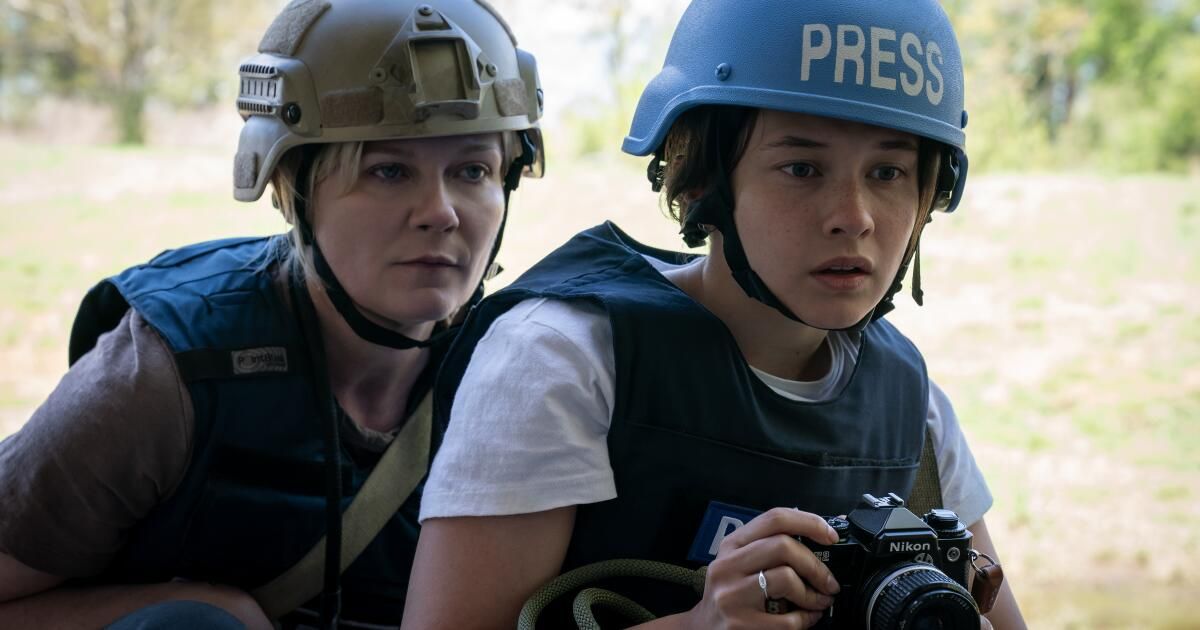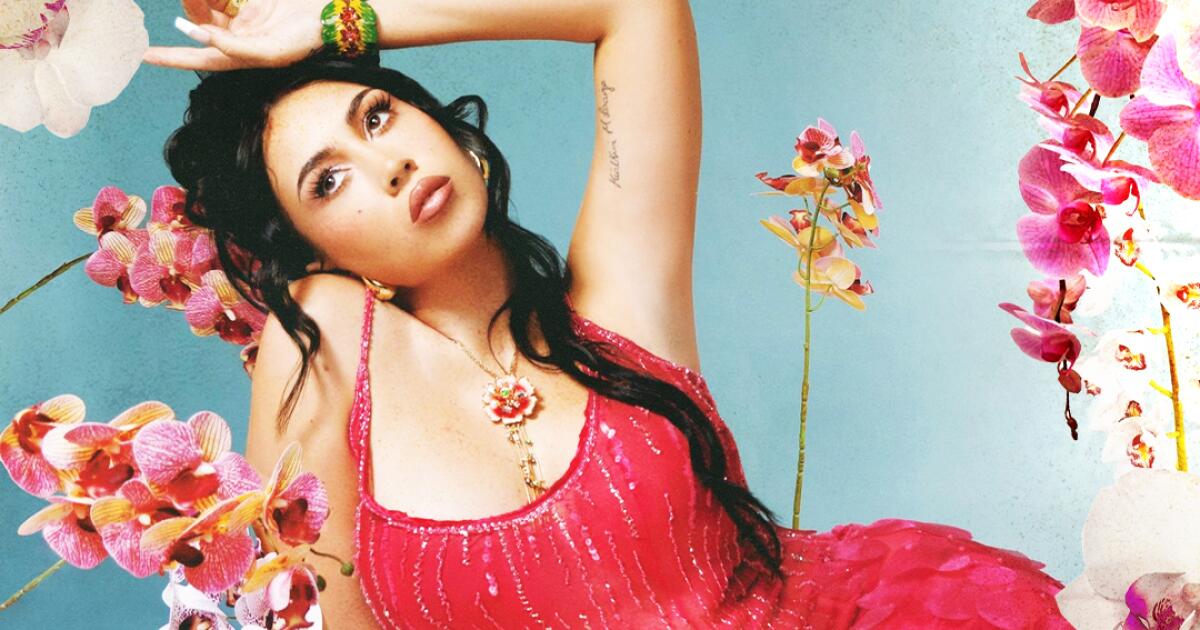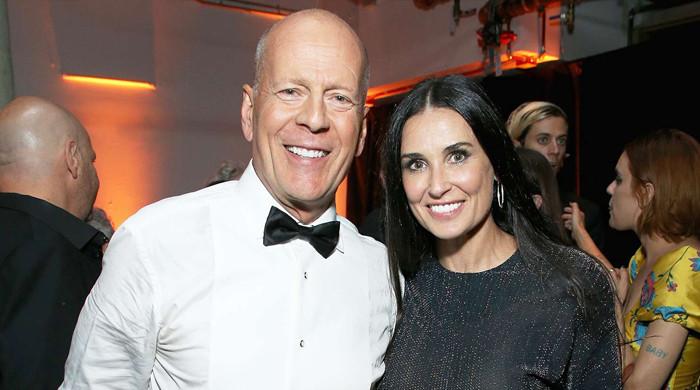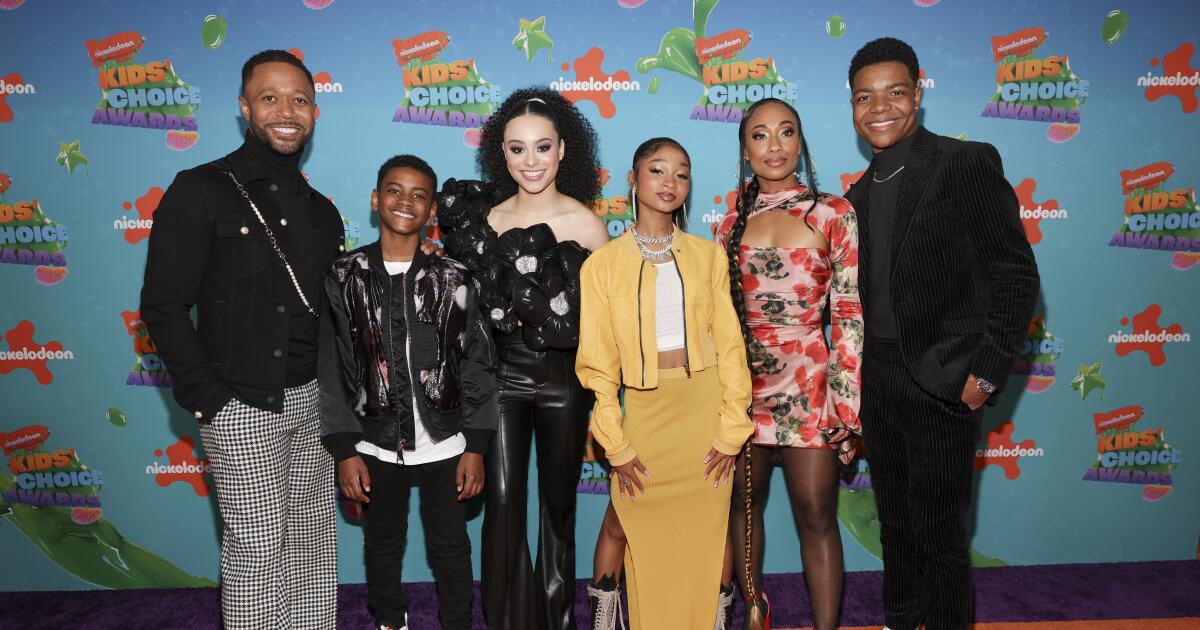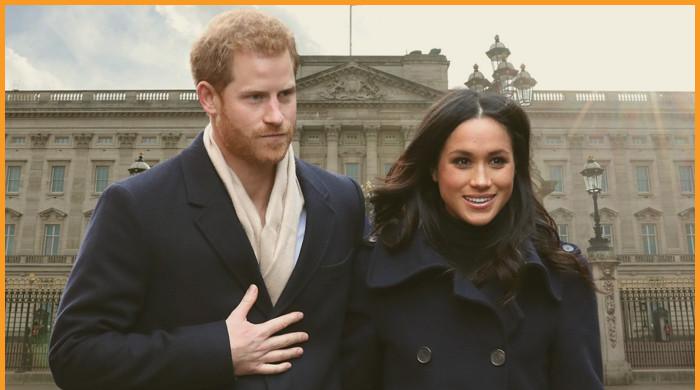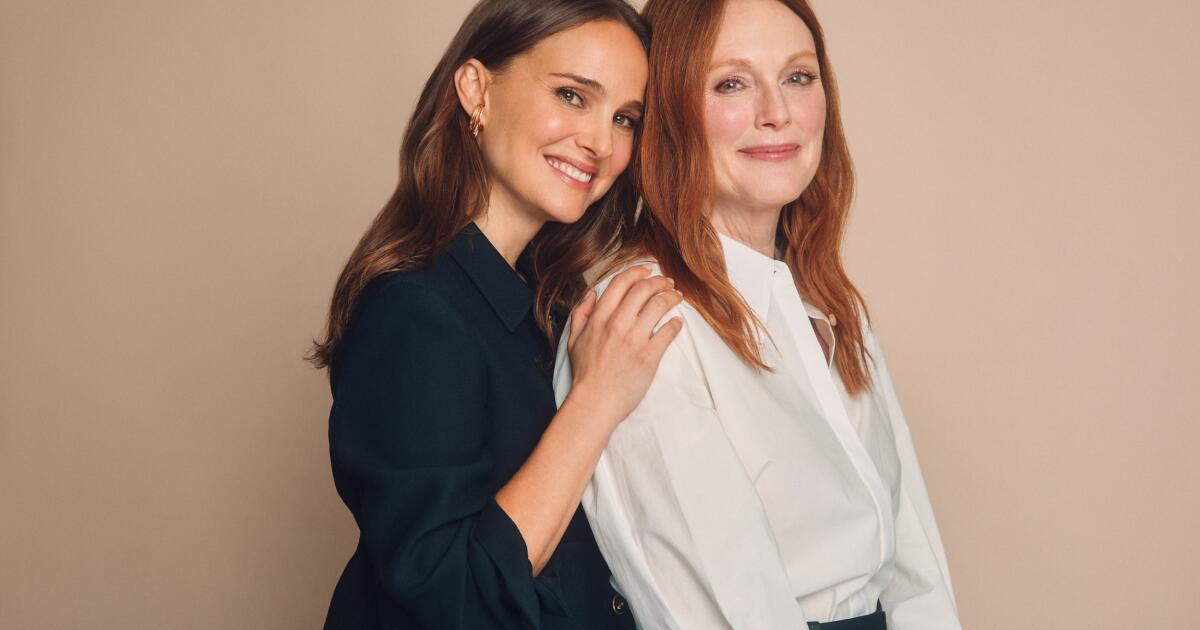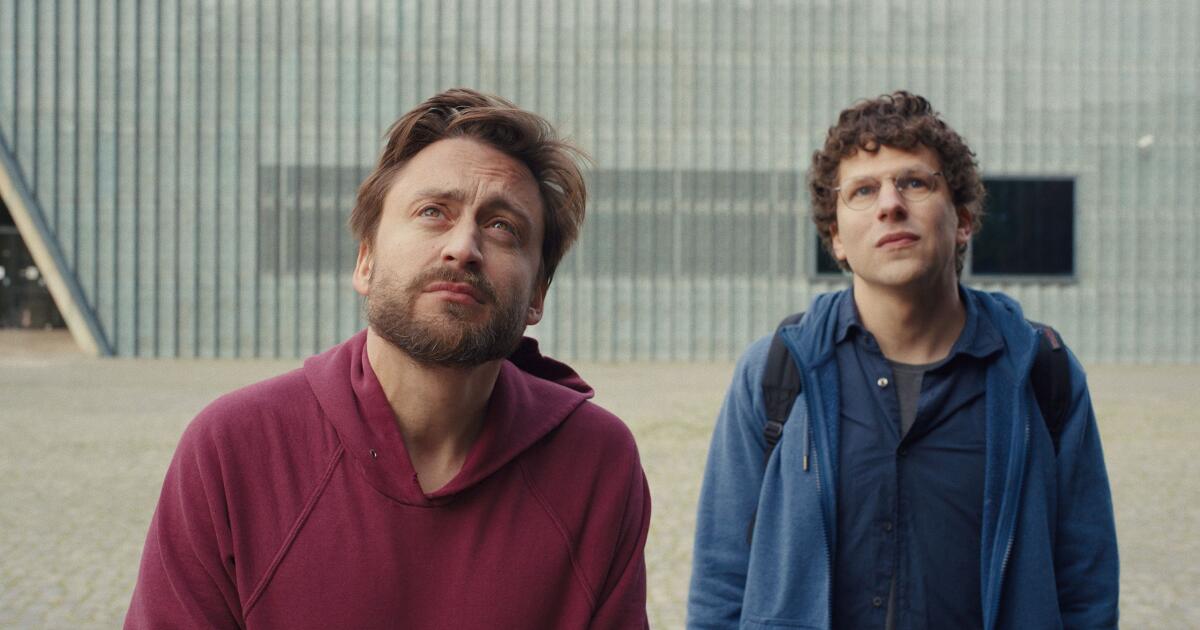After favorable reviews and a good opening weekend at the box office, Alex Garland's provocative “Civil War” is already on the verge of becoming one of the most talked about films of the year. The filmmaker's graphic, often terrifying depiction of a war-torn United States and a government in crisis has sparked much debate among audiences and critics.
And while the story's “what-if” premise is pure fiction, “Civil War” is nonetheless seasoned by a gritty realism central to its power.
The main focus of “Civil War” is war-weary photographer Lee (Kirsten Dunst) and her writing colleague Joel (Wagner Moura), who pick up a young aspiring photographer named Jessie (Cailee Spaeny) and a veteran journalist named Sammy. (Stephen McKinley). Henderson) as they embark on a dangerous journey to the White House, where the president is besieged by invading rebel forces.
Carolyn Cole, who has covered national and international news for The Times since 1994, watched “Civil War” late last week and agreed to answer questions about what the film does right (and wrong) in its depiction of journalists operating in dangerous conditions. Cole's work on the effects of the civil war in Liberia won the Pulitzer Prize for Feature Photography in 2004. She also twice won the Robert Capa Gold Medal for war photography from the Overseas Press Club of America. The following has been lightly edited.
Overall, how would you rate the accuracy of “Civil War,” from the perspective of an experienced photojournalist?
As horrible as the premise of a modern-day civil war may be, I thought many of the themes covered in the film were realistic, such as the interaction between a veteran photographer and a rookie, and the group of journalists as they traveled together. Although the scenarios they faced were extreme, they were plausible. Real images come to mind like the American soldiers hanging from a bridge in Fallujah, Iraq, or the American Marine dragged through the streets of Mogadishu, Somalia. I have photographed riots, shootings, mass graves and the aftermath of deadly attacks. Like every movie, the intensity of each scene is exaggerated, but the scenarios are possible.
Was there any moment in the film that you thought clearly misrepresented the experience of photojournalists working in a conflict? How is that?
I thought Dunst did a good job playing a veteran photojournalist, especially with her calm demeanor throughout most of the film. However, there were several scenes where she was carrying a camera bag but didn't have the camera out. She sometimes used a short lens when she should have used a telephoto lens and vice versa. There were also times when important events happened and she wasn't taking any pictures. Towards the end of the film, she stops working completely and PTSD takes over. But compared to many films I've seen that portray the photographers as paparazzi with a flash attached to the top of the camera, I thought the overall depiction of the photographers was well done.
There is a scene where Jessie is developing her film in the countryside. Although some photographers still use film, a darkroom is needed to load the film into developing containers. In the old days I took all the chemicals to work, developed the film in the bathroom and then dried it with a hair dryer.
The final scenes are clearly over the top, but Lee stepping into the line of fire to protect Jessie seemed more like a maternal instinct than that of a colleague. At this point, the passing of the baton to Jessie is in full swing. The physical and psychological effects of working as a conflict photographer, along with the toll it takes on your personal life, accumulate over time.
Were there any moments in the film that felt particularly true to life?
There is a scene where Lee and the journalist disagree about who will accompany them on the trip. That happen. Journalists travel by vehicle, partly due to cost, limited fuel or safety. And there are many times that you have to sleep in the car, which has happened to me while covering several hurricanes. There is a scene where all the cars have been abandoned on the highway. I saw something similar covering Hurricane Katrina in New Orleans. It is surprising how quickly social norms crumble in a crisis. It only takes a day or two before the looting starts and people drive the wrong way down the highway.
We first meet Lee at a protest in New York that turns explosive. How does his behavior during that scene and others like it compare to your experience?
In their first meeting, Lee lectures Jessie about safety, hands her a bright yellow vest, and then protects her during an explosion. Although photojournalists don't wear construction vests, it was a nice gesture. It would be nice to think that any human being would step in to protect a colleague in that situation, but I'm not so sure.
There are several moments in the film where journalists are injured or threatened with injury. How realistic are those dangers and what did you think of his colleagues' actions in those scenes?
The dangers of covering up conflicts are real. Photographer and friend Chris Hondros, along with Tim Heatherington, were killed in Libya during the Arab Spring; Associated Press photojournalist Anja Niedringhaus was killed in a targeted attack in Afghanistan; and I witnessed a bullet graze a colleague's head in Haiti, just to name a few. According to the Committee to Protect Journalists, more than 78 journalists were killed in 2023. The bond between reporters and photographers can be very strong. Many of the photojournalists working in this field are people I have known for years. It's a kind of brotherhood. We depend on each other, even if we work for competing organizations. It is to be hoped that colleagues will help each other in times of crisis. Life or death situations can show the true character of an individual. I have seen both positive and negative results.
Cailee Spaeny in “Civil War.”
(Near Murray/A24)
What did you think of Dunst's performance portraying Lee as someone increasingly haunted by the horrors he has photographed?
Each person is affected by what they have witnessed in different ways. I've never suffered from flashbacks, nightmares, or PTSD, but I know other people who have. Not only does it take a toll professionally, but it can be difficult to maintain relationships in real life. Dunst's performance as Lee seemed realistic in that the years of covering up trauma had finally caught up with her. Those flashbacks most likely did not occur in the heat of battle, but rather while reflecting during quieter moments. After each conflict he covered, he returned to covering local news. It helped me move forward and not think about what I had experienced. I put all my energy into covering each crisis as best I could, knowing that was my role.
Lee's philosophy is that his job is simply to record events and let others ask questions about the meaning of his images. Do you have a guiding principle in the work you do?
My mission has always been to be the eyes of those who cannot be there to witness what happens in person. That was certainly my goal while covering the Iraqi people from Baghdad when the United States began dropping bombs there in 2003, and in Afghanistan after the events of 9/11. I think of photographs as evidence, documentation of what happened and the effect on those. involved. Having a clear sense of purpose gives confidence in approaching strangers, who seem to understand that I am there to do a job. Photography is a universal language that almost everyone understands. It used to be that most people at home and abroad understood the role of journalists, but unfortunately now we ourselves have become targets.
Lee and his colleagues often jump into volatile situations quickly, without really assessing what may be happening or the dangers they may face. They seem to trust their instincts more than the patchy information they have at their disposal. What's the real-life process of knowing where to go and under what auspices?
It is a process of gathering as much information as possible about any given situation. A road that is safe one day may be too risky the next. That's why journalists are always asking questions. It takes drive and determination to get to the front line. In the end, it's about taking risks. Each person has their own level of risk tolerance. It is important to travel with people he knows and trusts, and who he can trust. What needs to be documented is usually something or someplace that officials don't want you to see. Instinct is something that can be acquired over time, but it is not infallible. I always tell young photographers to spend a few years working in the United States and places like Mexico, Central America and the Caribbean before moving on to cover stories further afield. Given what is happening in our country, we may be at a critical point in the near future.
In some scenes, Lee wears a helmet or protective gear. In most scenes, particularly the climactic battle in Washington, she is not. Is that realistic?
There were a lot of things in the finale that were unrealistic. I don't think the soldiers would have allowed the journalists to be so close to the action, or even helping them. As for protective equipment, some journalists do not wear vests or helmets because they believe it gives them a false sense of security or they cannot move as freely. I've always used it in conflict situations, but I've also been lucky not to have gotten hurt. Many soldiers have died carrying their equipment.
Jessie, the aspiring photographer, tells Lee after the horrific incident with the militant soldiers that she has never been more scared in her life but has never felt more alive. Is that a feeling you can relate to?
I wouldn't put it that way. Without a doubt, experiencing any life-threatening event will be memorable. Your adrenaline is pumping and you are completely present. It is common to hear civilians who have lived through the war reflect on that it was the most memorable moment of their lives. That said, it's not something anyone would want. When you cover a conflict, there is nothing normal about it. Some people may be attracted to the profession for the adrenaline rush, just as others play dangerous sports. The most meaningful thing for me is knowing that I am witnessing history and trying to create images that do justice to the people and events I cover.

